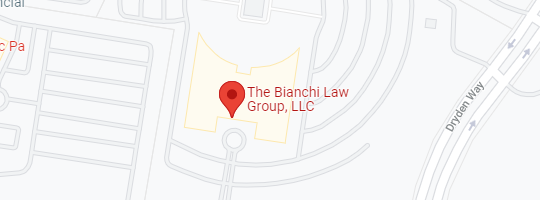On January 8, 2024, the New Jersey Supreme Court in State v. Washington, ___ N.J. ___ (2024),[1] issued a significant new case extending the safeguards relating to eyewitness identification evidence set forth in State v. Henderson, 208 N.J. 208 (2011), to pre-trial preparation sessions.
In that case the central question was the identity of the shooter. On the night in question about 150 people had attended a “Ladies Night” event at the Veterans of Foreign Wars (VFW) lodge in Willingboro. Id. at ___ (slip op. at 5). Individuals attending the event had to sign in, show identification, and submit to a security check before they could enter the hall. Ibid. Mark Peterson, who worked at the front desk, recalled that the defendant Brandon Washington entered the hall between 9:30 and 10:00 p.m. Ibid.
Later that night, William Matthews, a security guard, approached the defendant as he leaned against a wall, blocking the entrance to the bar area. Ibid. Matthews, who recognized the defendant because he had seen him at the VFW hall four or five times before, asked him to move. Ibid. The defendant responded, “back the f— up off of me.” Ibid. The bar manager, Timothy Scott III, who saw the interaction, asked to speak with the defendant. Ibid. The defendant responded, “I ain’t going no f—— where” and chest bumped Scott III. Ibid. Matthews then placed the “defendant in a chokehold, maneuvered him out the front door, and reentered the hall.” Id. at ___ (slip op. at 5-6).
“Seconds later, the front door swung open. Someone stood in the doorway, pointed a gun into the hall, and started shooting.” Id. at ___ (slip op. at 6). One bullet struck Matthews near his ear and another Peterson in the arm. Ibid. “After firing three or four times, the shooter ran out through the front door.” Ibid.
The police arrived within minutes. Ibid. Scott III showed an officer a photo he had on his cell phone of the defendant and a second unidentified person. Ibid. Scott III explained that he had received the photo from Victoria Hendrix, who had tended bar that night, and that she had received the photo from another employee. Ibid. Scott III said he had shown the photo to his father, Timothy Scott Jr., who had worked the sign-in desk that night. Ibid.
During the initial investigation, several witnesses selected the defendant’s picture from a photo array. Id. at ___ (slip op, at 7). Later, during pre-trial preparation, the prosecutors met with the witnesses several times and showed them the array they had seen before, and/or a new photo of the defendant from Facebook, which depicted the defendant “wearing an ‘Evel Knievel’ jacket with red, white, and blue sleeves, and a pair of glasses.” Ibid. No contemporaneous record was made as to what photos were shown to the witnesses, or disclosed to the defense. Id. at ___ (slip op. at 4). At trial, multiple witnesses identified the defendant at trial, including Mathews who identified the defendant for the first time during recross-examination. Id. at ___ (slip op. at 9).
The jury convicted the defendant of a lesser included offense – attempted passion provocation manslaughter. Id. at ___ (slip op. at 13). The Appellate Division affirmed his conviction Ibid.
The Supreme Court reversed and found that there was no reason to treat impermissibly suggestive identification events during pretrial preparation, as addressed in State v. Henderson, 208 N.J. 208 (2011), differently than other identification procedures. Id. at ___ (slip op at 31). Thus, the Court held “that witnesses who have made a prior identification should not be shown photos of the defendant during trial preparation – neither new photos of the defendant for the first time nor, absent good reason, the same photos they previously reviewed. As is true during an investigation, both practices have the potential to distort a witness’s memory of the actual events and undermine the reliability of a later identification.” Id. at ___ (slip op. at 3).
The Supreme Court set forth that “[i]f a party can demonstrate a good reason to show witnesses a photo of the defendant they previously identified, the party must prepare and disclose a written record of what occurred. Although we are not persuaded the examples the State has offered to date can qualify as good reasons, we do not rule out that possibility altogether. If, however, a witness has not previously identified a suspect, investigators can conduct an identification procedure during pretrial preparation in accordance with Henderson. A record of the procedure should be created and disclosed under Rule 3:11.” Id. at ___ (slip op. at 4).
Washington is a significant new case that alters the way pre-trial preparations can be conducted by prosecutors. Criminal law is constantly changing and/or being refined by our courts. If you are facing criminal charges you should immediately reach out to our team of experienced former prosecutors to schedule a free case review with one of our expert criminal defense attorneys. A complete understanding of criminal law by your attorney is crucial to your defense. Your rights and freedoms are in jeopardy, and you owe it to yourself to act. We are available to provide immediate assistance and further counsel on your criminal case at (862) 315-7929.
[1] I included page citations to this recent Appellate Division opinion from the official slip opinion located at










